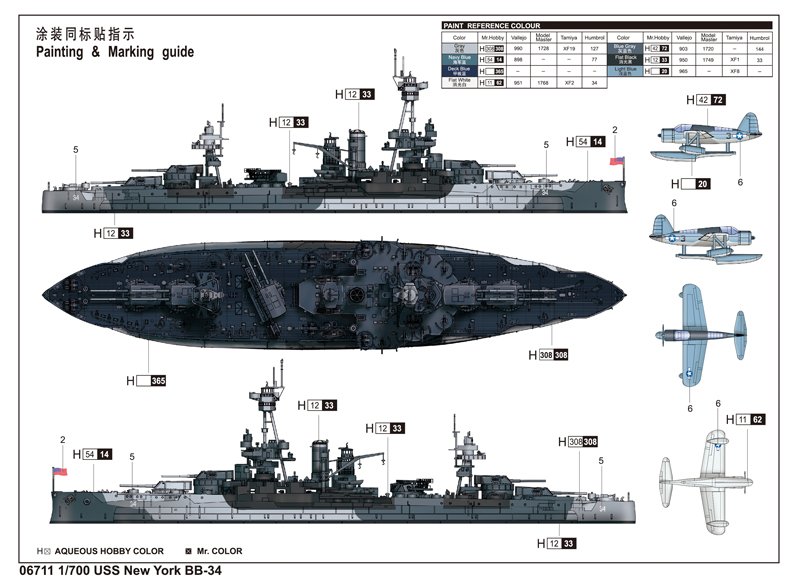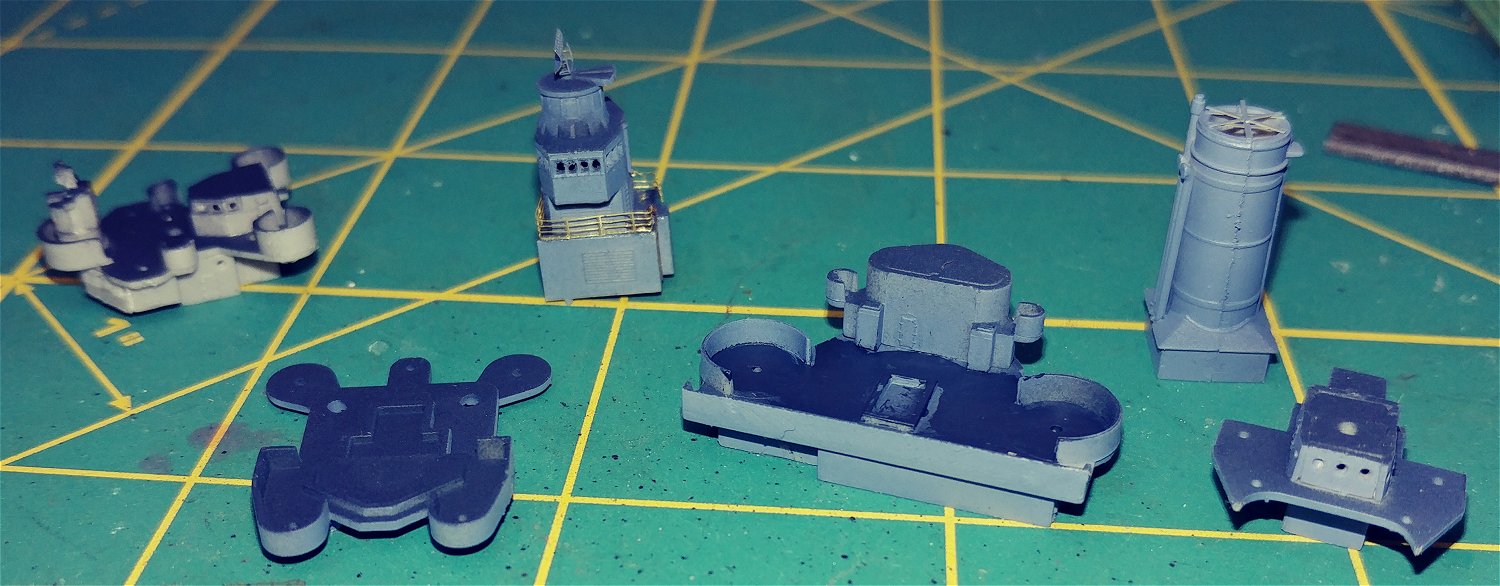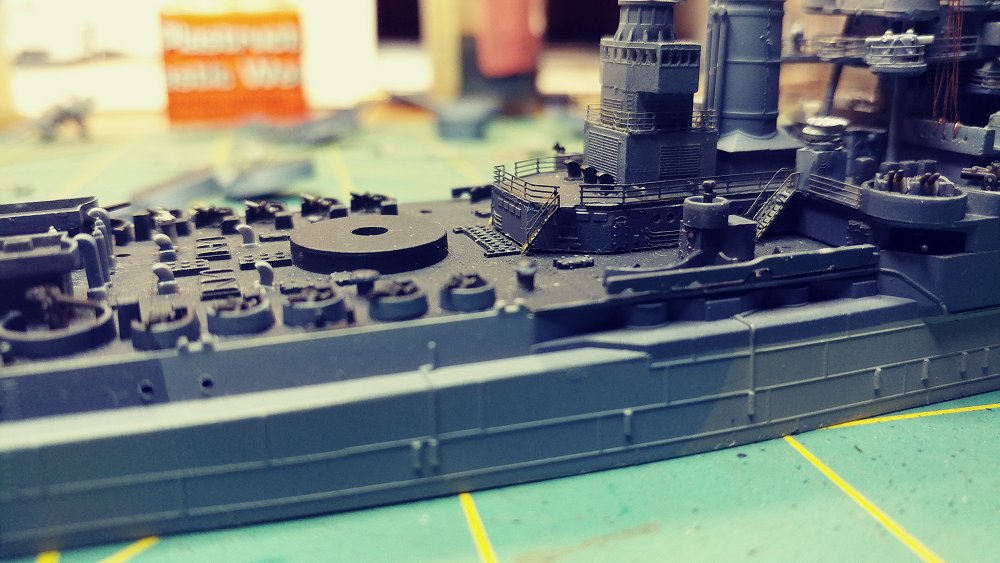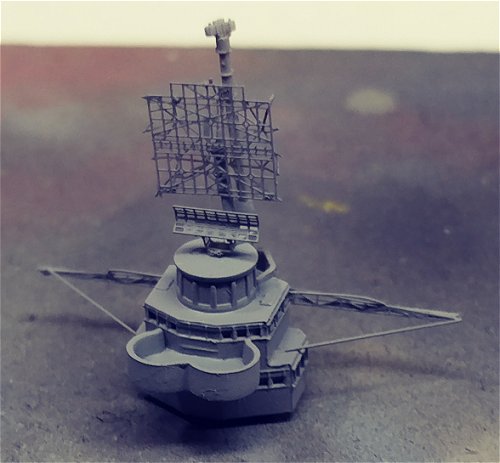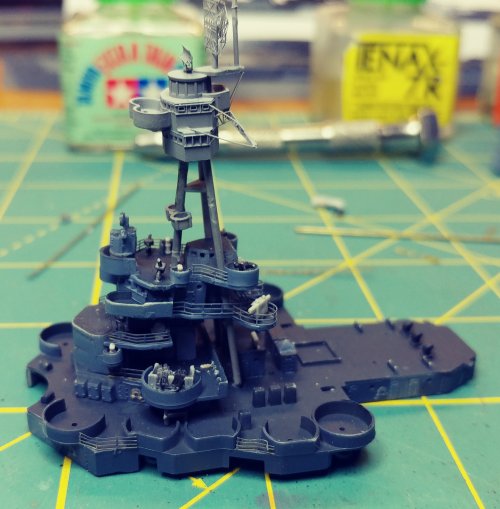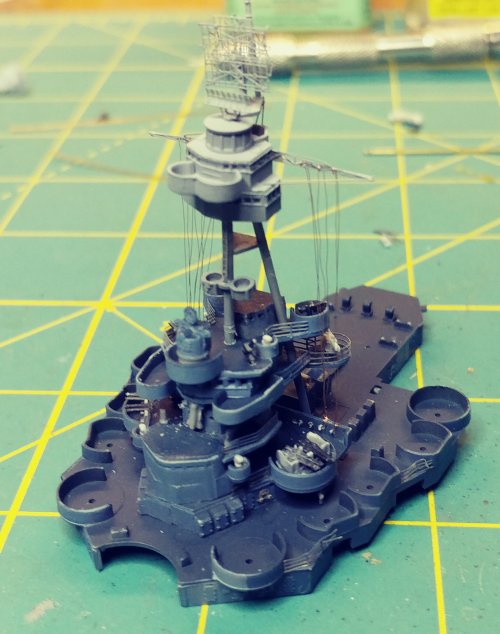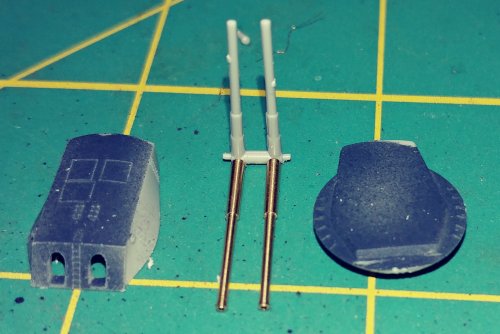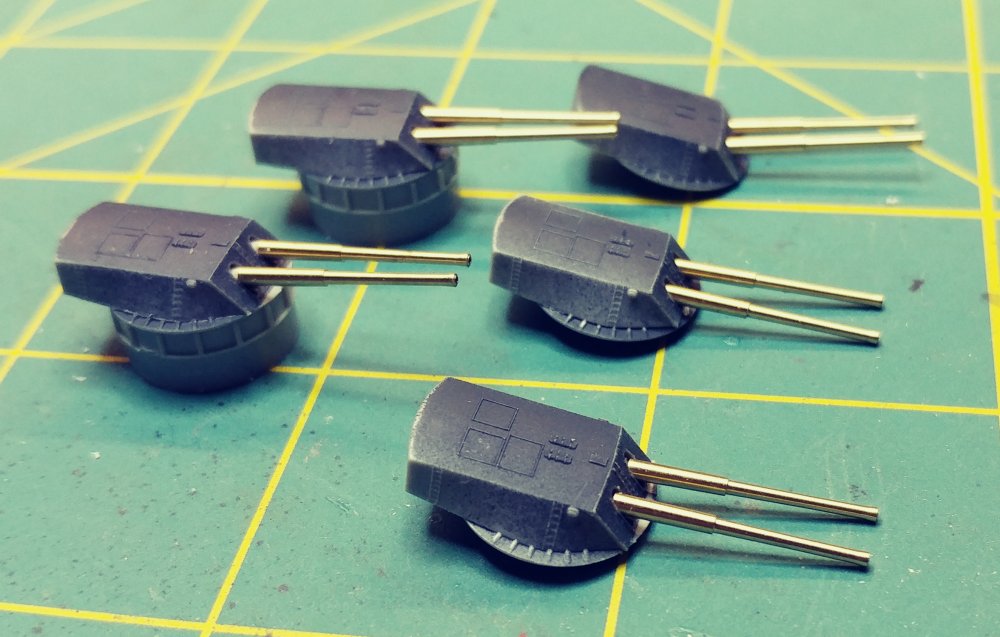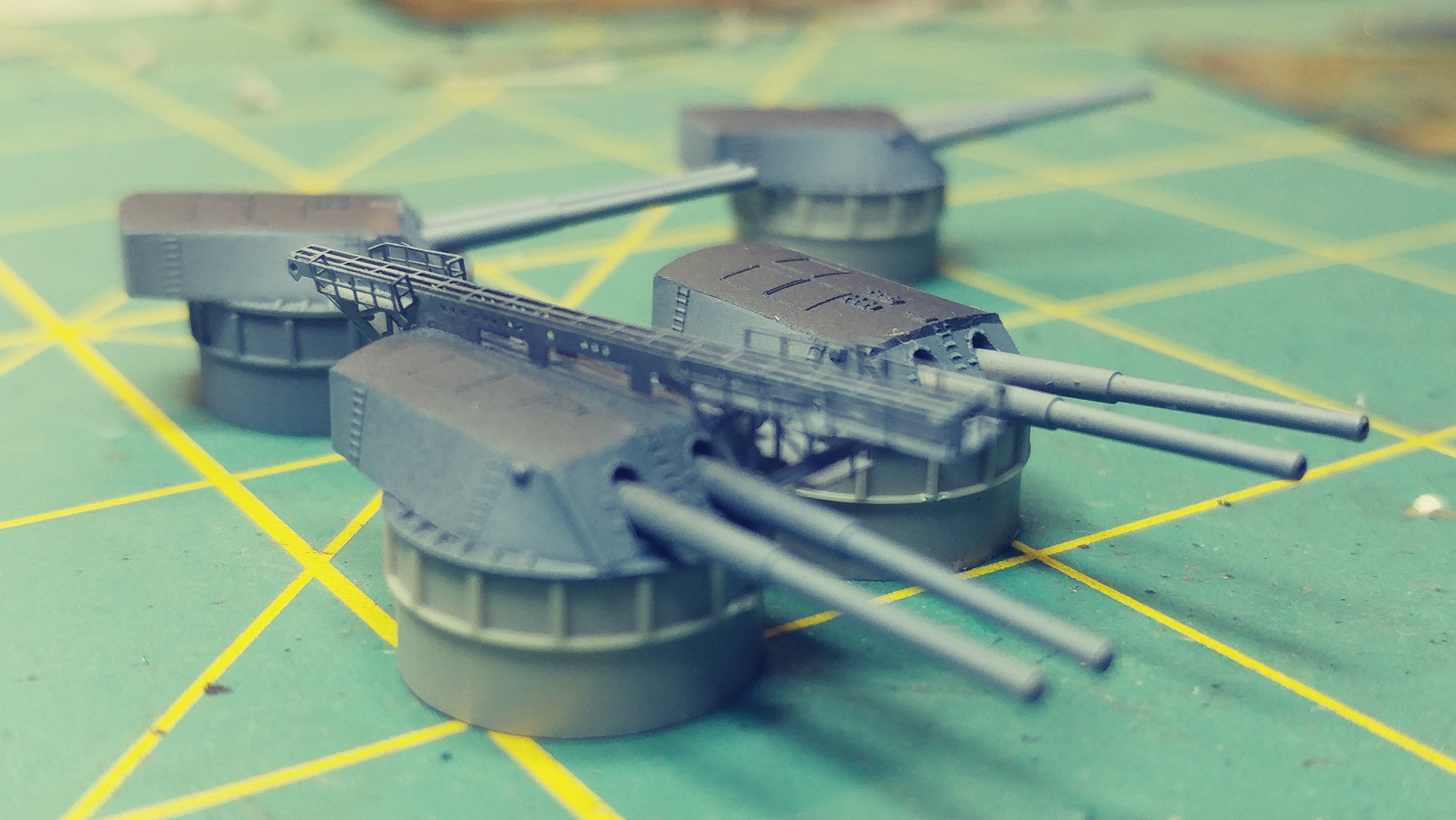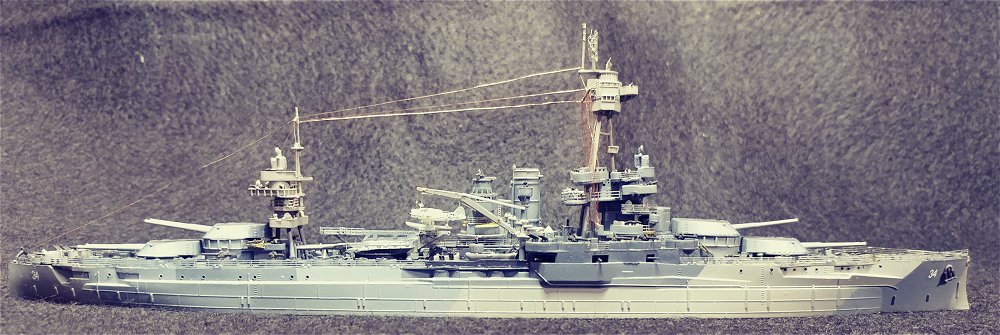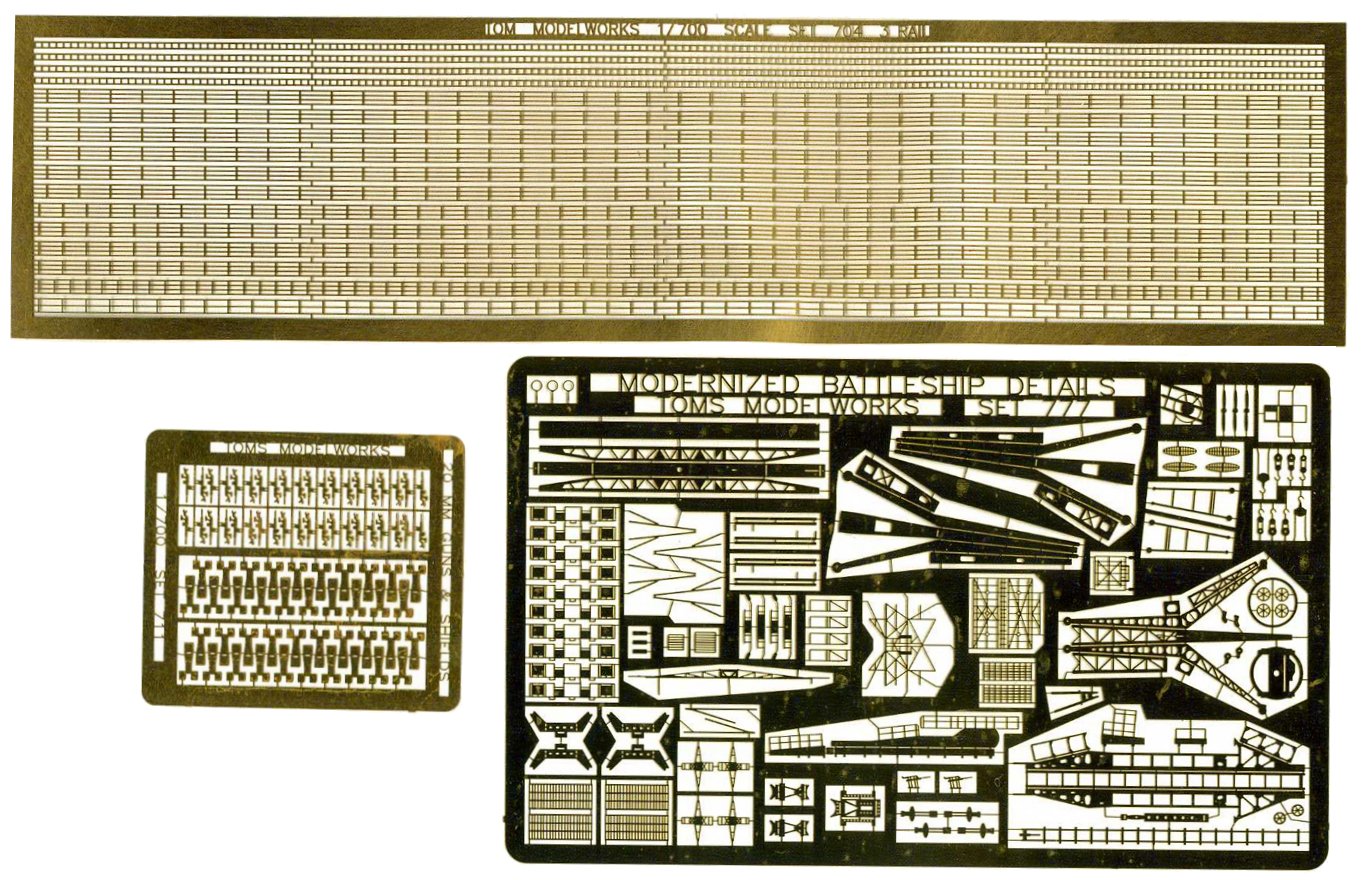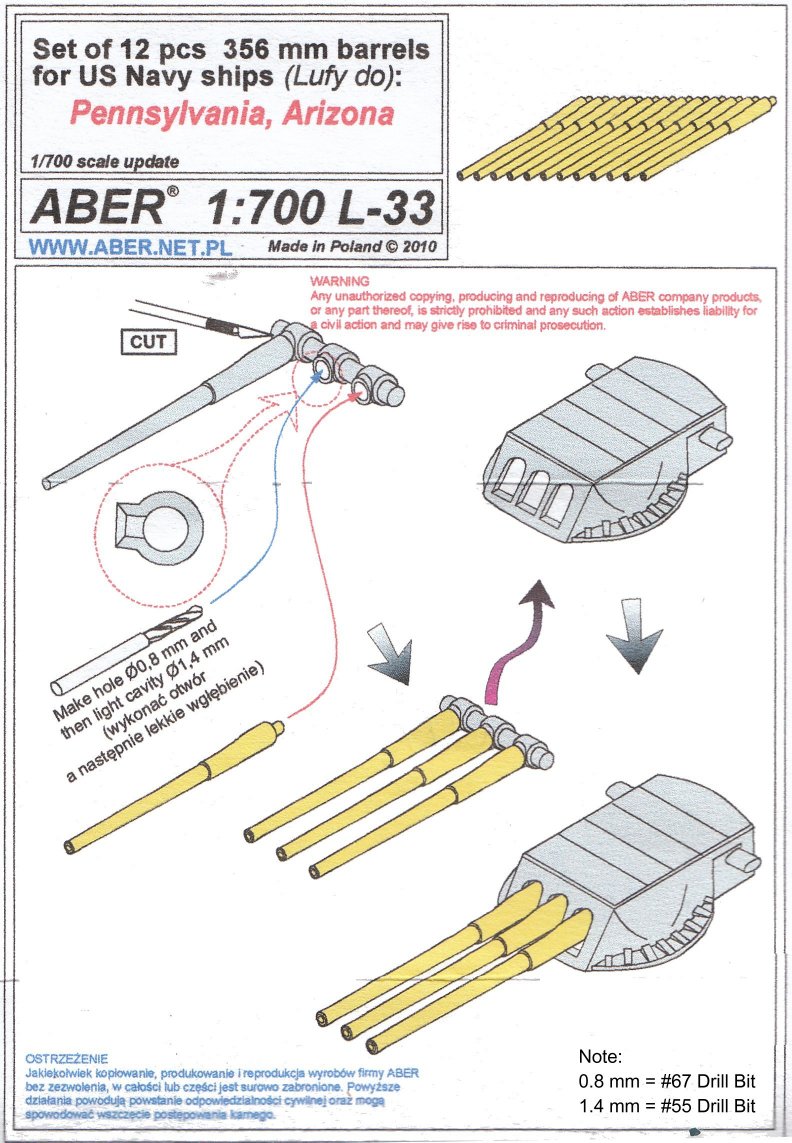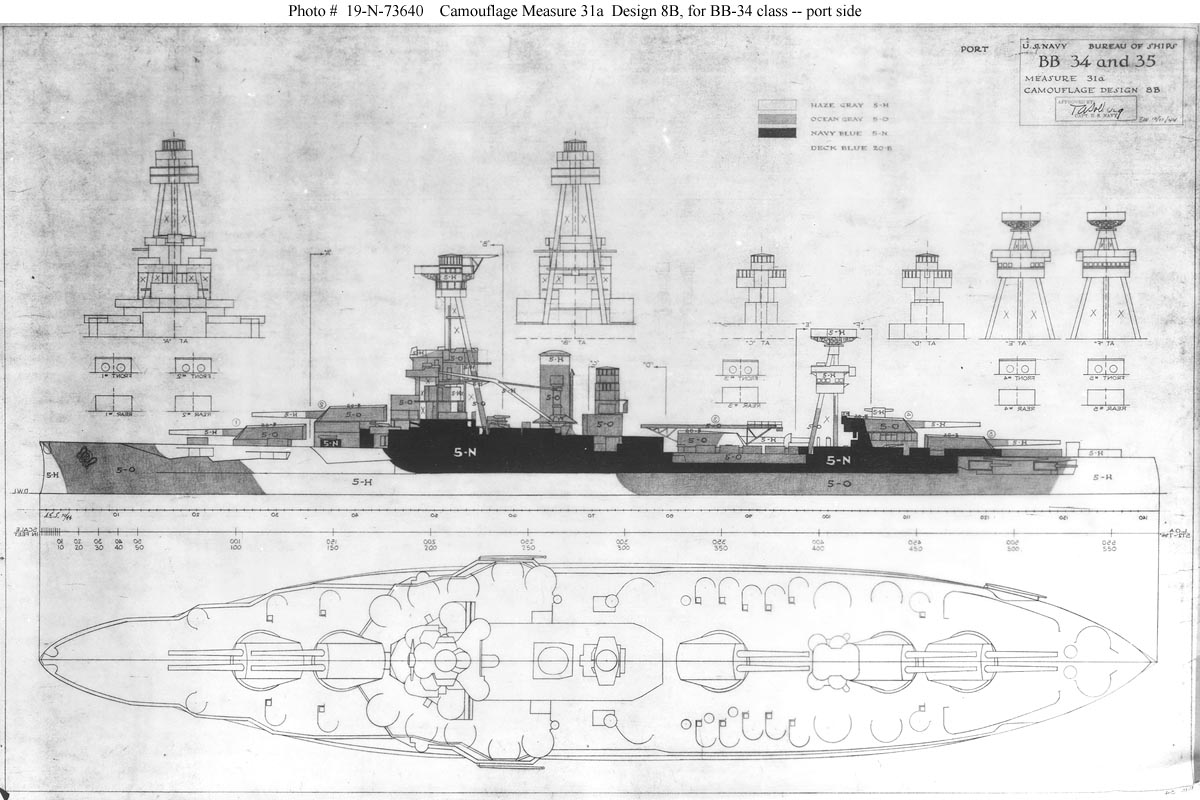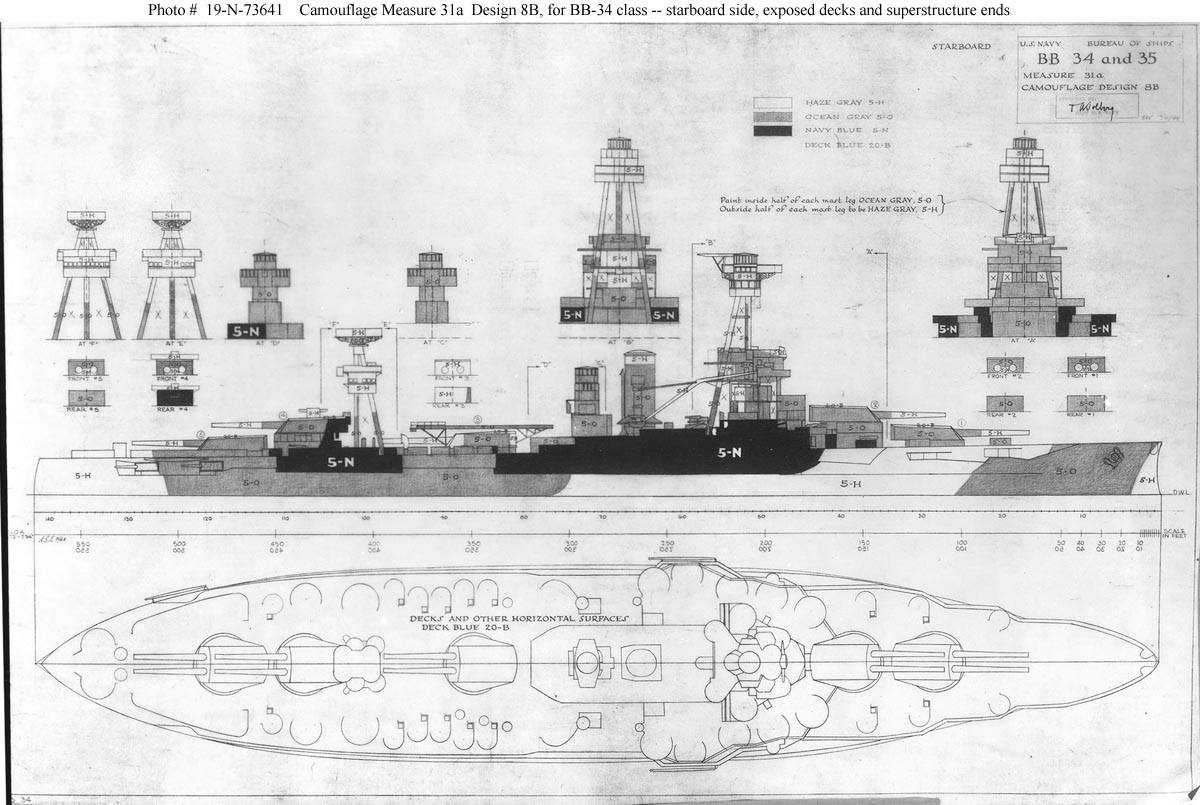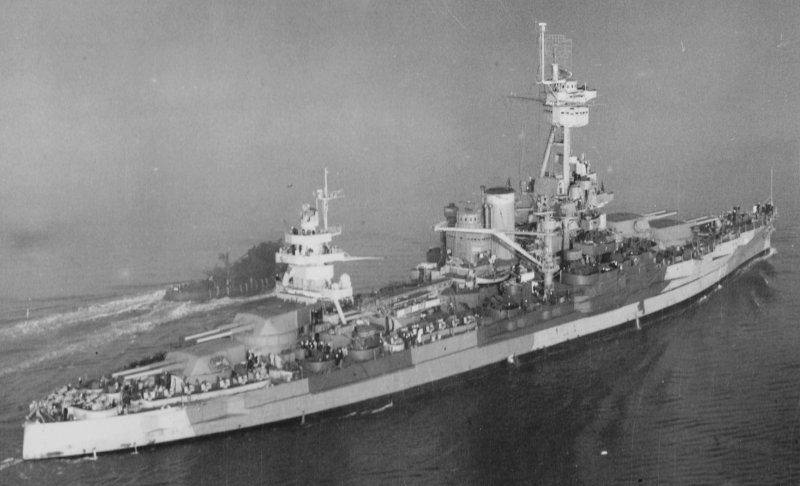 | ||
| U.S.S. New York
"The Old Lady of the Sea" Trumpeter 1/700 scale |
||
| The Ship, (a plagiarized brief history)
The lead ship of her class, U.S.S. New York was the first ship designed to carry the 14-inch /45-caliber gun. After being commissioned and entering service in 1914, she was part of the U.S. Navy force which was sent to reinforce the British Grand Fleet in the North Sea near the end of the First World War During this deployment, New York collided with and sank a German U-boat. and was present for the surrender of the German High Seas Fleet in the Firth of Forth in November 1918 After WW1, New York transferred to the pacific Fleet in San Diego where she spent the next 16 years training off the west coast and Hawaii returning to the Atlantic and Caribbean for brief missions or overhauls.
After the Pearl Harbor attack, New York returned to duty escorting cargo and troop ships to Iceland and Scotland
In late 1944 she was selected to return to the Pacific,transiting the Panama Canal in Late November en route to Long Beach. After refresher training in December and January, New York departed to rendezvoused with other "older" battleships forming a support force for the invasion of Iwo Jima. After a brief stop to repair a Screw, New York returned to the group near Saipan, then arrived of Iwo Jima on February 16th. During the three day Pre-invasion bombardment, New York suceeded in hitting the island's main Ammunition dump causing a tremendous explosion. New York Sailed to Ulithi and then Manus to repair her damaged Propellor, finally rejoining Task Force 54 at Ulithi in late March to prepare for the Invasion of Okinawa. From March 27th thorough June 11th New York Participated in operations off Okinawa, first in pre-invasion bombardment then as naval artillery support of ground troops.
New York left Pearl Harbor in early september for the west coast, with a load of veterans as part of Magic Carpet, arriving in California on September 9th. From there, she sailed to New York to take part in the Navy Day celebration. Classified obsolete New York chosen to take part in the Operation Crossroads nuclear weapon tests at Bikini Atoll in 1946.
|
|
|||||||||||||||||||||||
The Kit
 This is a new release from Trumpeter.
Upon receiving the kit, I did the usual.. rip it open and check it out. I spent the next few minutes looking through the parts. The moldings were clean with very little flash and appear to have been designed to accommodate future versions of the New York or the Texas. The upper hull comes split on the centerline and has a one piece main deck. I was disappointed that unlike other Trumpeter 1/700 ships I've built, this is a waterline kit. I hope this is not a trend with future Trumpeter releases It comes with 10 sprues molded in the usual gray plus the deck. It also comes a small sheet of Photo etch with cranes, catapult and yard arms. (note: the PE sheet is not an upgrade, there are no plastic equivalents on the sprues) (more to come)
Like most 1/700 kits, this one doesn't come with a lot of fine detail parts so I'll be using the aftermarket parts listed below. |
| Overall the kit went together fairly well, not a weekend kit, but it goes together quickly depending how much additional detail you choose to add.
I added a bunch of Photo etch which added several hours to the build time along with scratch building the aft mast. the only issue I had with the kit, and I'm sure it was something I did, was the center strut did not go all the way through the conning tower and I had to trim it to match the rear legs. The Aber Barrels come with the usual instructions in metric asking for 0.8 mm hole rather than drill size but they also give you a second 1.4 mm size to countersink the barrel (drill sizes 67 and 55) (wire/drill cross reference chart) Adding PE railings always enhances a kit and it would be nice if Trumpeter would add them to the PE that already comes with their kits. The set from Tom's works, but the stanchions don't line up with the chocks along the side of the ship so there's a little trimming involved. |

